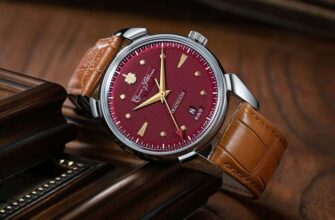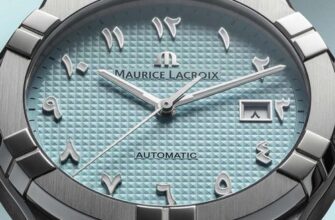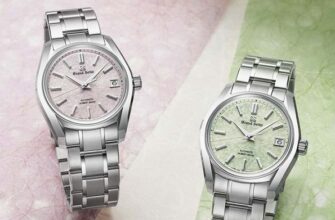You just bought your first mechanical watch or, on the contrary, you already have your own small collection - it doesn’t matter: both beginners and experienced owners would do well to know about some of the intricacies of “communication” with this accessory. We decided to remind you of three important rules that will help extend the life of your mechanical watch, because preventing breakdowns, as a rule, is much cheaper than the repair itself.
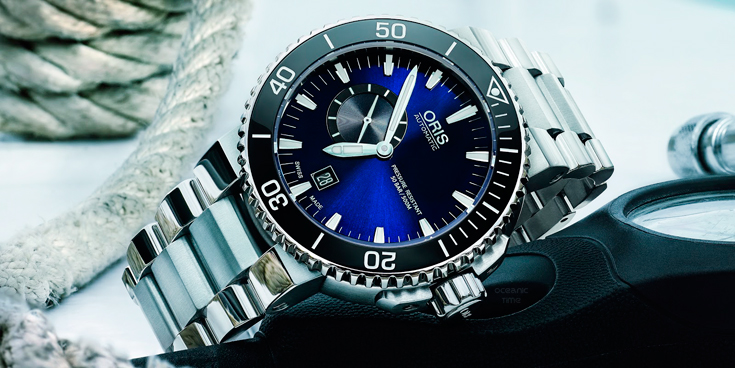
Mechanical watches and water
"Mechanics" is known for its capriciousness. Handling such a watch should be very delicate and should be protected from many things. One of the worst enemies of mechanical watches is water. Under no circumstances should you underestimate water or overestimate the capabilities of your watch, even if it belongs to a special caste of accessories that have passed all the necessary tests to comply with the ISO 6425 standard.
The seals that protect the watch from water penetration into the joints of the case may become covered with microcracks over time. This applies to all watches. Typically, microcracks appear after the owner has exceeded the permissible diving limit - gone to a depth for which the watch was not designed. Such minor damage, of course, will not be noticeable to the eye, and the watch will continue to work properly.
However, over time, under the influence of various factors, microcracks will increase, and one day, a normal shower with a watch on your wrist may result in a breakdown. Sea or chlorinated water, including those with particles of detergents, can be a real nightmare for a caliber whose water protection system is damaged.
In addition, mechanical watches should be kept away from saunas or steam baths due to the different thermal conductivities and coefficients of thermal expansion of materials. So, if the watch case is made of metal, then at high temperatures the expansion of this material will occur faster than that of the glass of the dial.
As a result, gaps may appear between the parts, sufficient for moisture to penetrate. Treat your watch with care and do not subject it to tests beyond its capabilities.

Mechanical watches and maintenance
Technical inspection is a mandatory procedure not only for cars, but also for watches. Mechanical watches require systematic cleaning and lubrication, which is best left to a qualified specialist. There are very different opinions about the frequency of technical inspection: some owners bring their watches to the watchmakers once every two years, others – once every 5-6 years. We recommend choosing the golden mean - show your “mechanic” to a watchmaker once every three years. The main thing is not to delay!
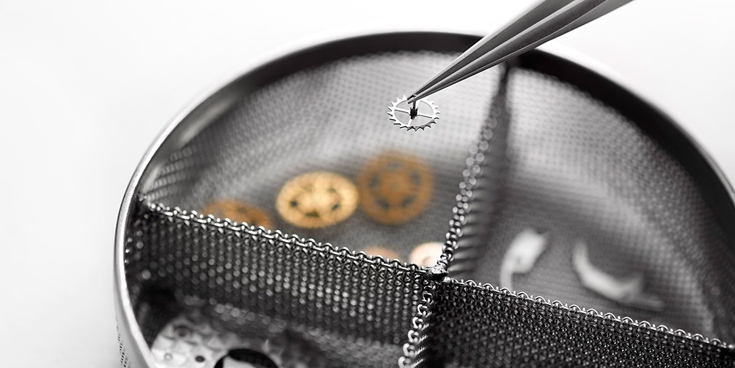
Movement - life
A special feature of mechanical watches is the need to wind the mechanism every day. The only exception to this rule are watches with a self-winding function. It is better to do this at the same time, for example, in the morning. When winding by hand, do not apply too much force - release pressure on the crown as soon as your fingers feel resistance when turning.
It is important to manually wind a mechanical watch only with the watch removed from the wrist - this way the pressure of the hand is distributed evenly. If you wear a mechanical watch irregularly, you should not wind it every day, so as not to wear out the mechanism; once a month will be enough.





